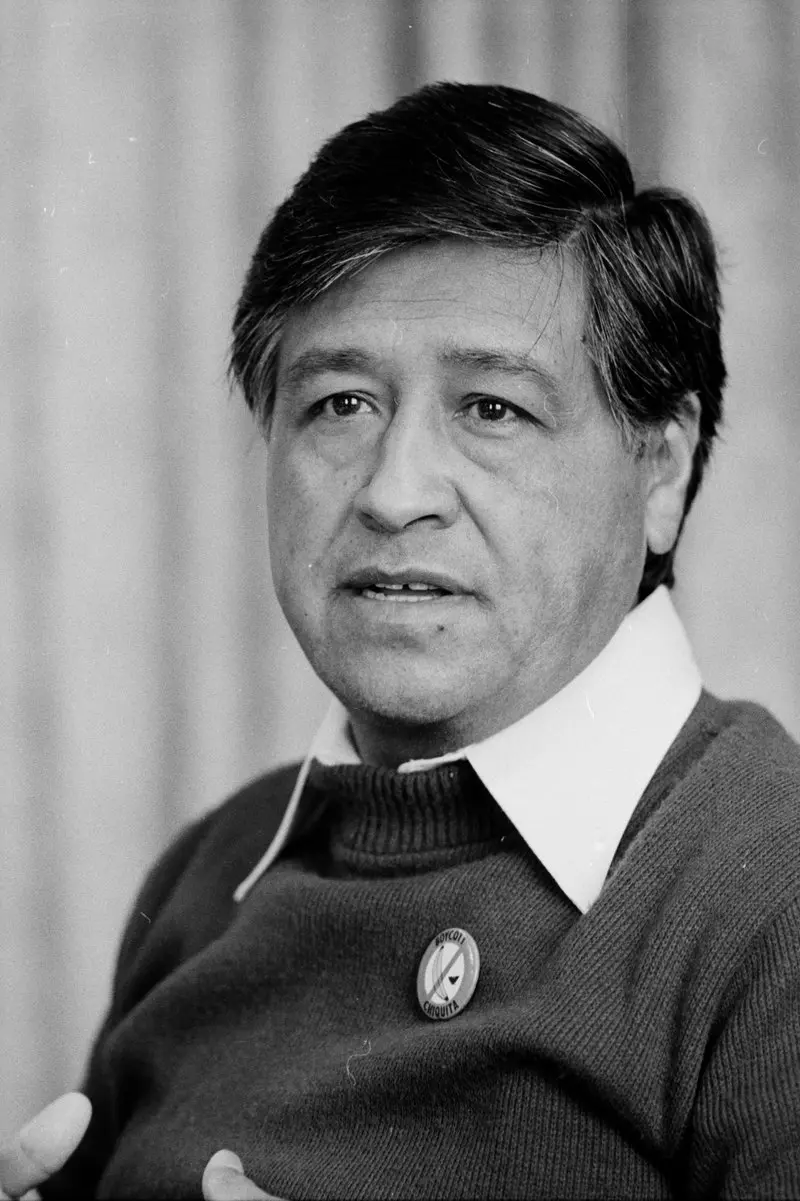Champion Sketches: Honoring César Chávez Day with Piccles

Jon is Cofounder & Chief Product Officer at Piccles
- Published at
- Last updated

Introduction to César Chávez Day
César Chávez Day is a U.S. federal commemorative holiday celebrated each year on March 31st to honor the legacy of César Estrada Chávez, a labor leader and civil rights activist who co-founded the United Farm Workers union. This day is a time for recognizing the importance of social justice and worker's rights, considering Chávez's nonviolent approach to securing better working conditions for farm workers across America. Traditionally, this day is marked by educational programs, service activities, and community gatherings that both commemorate and inspire continued advocacy for the principles Chávez fought for. The holiday evokes a sense of solidarity, respect for human dignity, and the power of community.
Piccles: A New Way to Celebrate César Chávez Day
As we seek to find shared experiences that resonate with the spirit of César Chávez Day, Piccles emerges as a delightful digital platform that connects people through collective creativity. Piccles encourages everyone—regardless of artistic skill—to partake in joyous self-expression through drawing. By facilitating engagement in a light-hearted and accessible manner, Piccles stands out as a unique way to celebrate and communicate the values of unity, compassion, and perseverance that this holiday represents. It provides a canvas for collective storytelling and a visual dialogue about the themes of César Chávez Day, turning art into action and reflection.
Connecting César Chávez Day with Piccles
Piccles can be seamlessly integrated into César Chávez Day observances by providing an online space where people can come together to create and share drawings that reflect their thoughts and feelings about social justice and workers' rights. Whether it is through a coordinated digital mural project that pays tribute to the struggles and victories of farm workers or by inviting individual interpretations of Chávez's legacy, Piccles offers a collaborative platform to express solidarity and educate one another about the ongoing fight for equity in the labor force. Participants can find inspiration from Chávez’s values, contributing to a tapestry of images that inspire ongoing activism and remembrance. Let's use Piccles to visualize the change Chávez envisioned and to continue cultivating an empowered, involved community.
Certified fresh Piccles prompts
- Chávez's Life Story: People could draw their interpretation of critical instances from César Chávez's life, offering an engaging method to learn and discuss history.
- Labour Rights Scenes: People could depict scenes pertaining to labor rights, ensuring awareness and promoting dialogue about current issues.
- Picture Biography: People could contribute to a collective Picture Biography of César Chávez, spreading awareness and understanding about his contributions.
- Walk For Justice: People could draw their experience or understanding of a march for labor rights, emphasizing Chávez's advocacy.
- Symbolism of Non-violent Protest: Drawing symbols representing non-violent protest would encourage a dialogue on peaceful methods of effecting change.
- Farm Workers Art: Inviting people to draw about life as a farm worker would raise awareness about their conditions.
- Si Se Puede! Poster: People could draw their version of the 'Si Se Puede!' slogan popularized by Chávez, stimulating a discussion of its relevance today.
- Unity Hands: Creating a collage of hands representing unity and solidarity promotes these values among participants.
- Chávez Quotes: People could illustrate their favorite Chávez quotes, creating a poetic visualization of his ideas.
- Activism Timeline: People can draw significant events in the history of activism, facilitating a deep dive into civil rights and labor movements.
- Equality Imagery: Encouraging drawings demonstrating equal rights can provoke conversations about social justice.
- Fruit Harvest: People could depict scenes from fruit harvesting, bringing attention to the daily lives of agricultural workers.
- Boycott Grapes: Drawing the historical grape boycott could open topics about consumer influence and power.
- Famous Protest Poster: People could redesign Chávez's protest posters, understanding and reviving the powerful role of art in activism.
- Eagle Symbol: Drawing the United Farm Workers' eagle symbol can start conversations about the power of symbols in social movements.
- Pioneers of Social Justice: Drawing other trailblazers of social justice alongside Chávez can help appreciate the collective efforts towards equality.
- Farm Workers' Stories: Illuminating personal stories from farm workers can provide humanizing insights into their struggles.
- Children's Protest March: People can draw children's participation in protests, highlighting the role of young generations in change.
- Labor Unions Today: Drawing about the contemporary relevance of labor unions can aid dialogues about their importance.
- Draw A Chávista: Creating their vision of a Chávista (follower of Chávez) can help people understand and engage with Chávez's ideologies.
- Draw for Rights: Drawing about a modern social issue that needs attention can facilitate meaningful discussions about societal disparities.
- Picnic On the Picket Line: Sketching peaceful demonstrations like picnics on a picket line encourages knowledge sharing about unique protest methods.
- Worker's Day Off: Drawing what a day off for a farm worker would look like could foster empathy and concern for worker's rights.
- Historical Struggle Mural: Creating a mural showcasing historical struggles can illuminate the fight for civil rights.
- Heroes of Labor: Drawing personal labor heroes can help reaffirm the importance and dignity of all kinds of work.